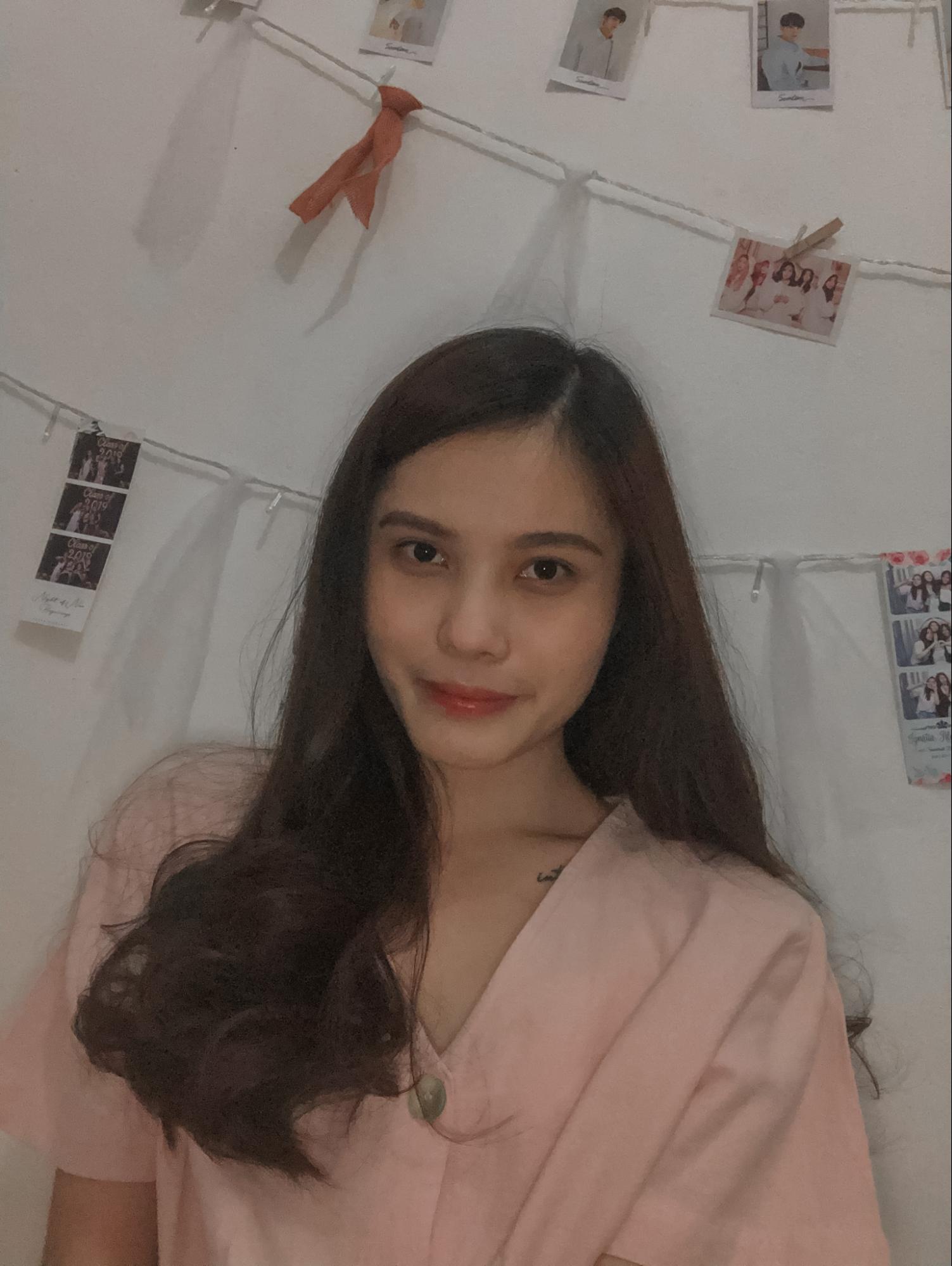The Ritual Passage to the Marriages of a Chinese Descent in the Bangka Island
A wedding is one of many rites of passage that marks important events in someone’s life. Even though weddings these days tend to be sophisticated and modernized, some people still stick to the traditional way of holding the ceremony. People in Bangka Island, particularly people of Chinese descent, still do the specific pre-marriage tradition called Sang jit. Sang jit is a meaningful and fun ceremony that has been around for decades. Back in the day, Sang jit was part of an engagement ritual with the two terms sharing the same essence and value in their execution. Although every region has differences when it comes to Sang jit, they’re still maintaining the same purpose: to engage the two families of the bride and the groom.
Sang jit, or in its Hokkien dialect sàng-ji̍t-thâu, is done as a proposal for marriage carried out by the groom and his family for the bride and her family. In some places, the parents of the groom are prohibited from taking part in the ceremony. The ritual starts with a preparation conducted by the suitor. The groom usually prepares gifts for the bride. Usually, it consists of daily necessities like toiletries, cosmetics, two pairs of candles (which will give one pair back to the groom’s family), two bottles of wine, gold, and money. Fruits are also given as a symbol of fortune and peacefulness. The gifts are offered after being organized neatly in baskets according to their categories. Some stuff, for example, the wine and the fruits, must be shared by the receiver (bride’s representative) with the groom’s family. Sang jit in some places also requires the basket of gifts to be in even numbers starting from six. The number of receivers from the bride’s side should be the same as the givers from the groom’s side. Another thing that needs to be given attention to by the bride’s family is that the first pair of receivers should not consist of widowed relatives at the ceremony.
The ceremony itself is dominated by red and golden yellow, with the two being highly associated with happiness, success, and good fortune. The recommended attire for the bride is a high collared cheongsam with hints of red or golden yellow. But in this modern time, people tend to go for simpler and modern-looking evening dresses, and the groom usually goes with a simple tuxedo. The baskets and decorations are also decorated with fabrics of matching colors.
Despite the tradition that the ceremony should be held at the bride’s house, it can also be inconvenient for both sides. So as time goes by, people tend to hold the ceremony at hotel venues or restaurants. It is more practical trouble-free, since the next activity in sang jit is to have lunch together between the two families. Usually, the lunch is provided by the family of the bride to thank the groom and his family.
While still wanting to organize a simple and modernized ceremony, there might also be people who want to respect their ancestry’s traditions. But in this era, it might be difficult for people to keep the tradition alive because of the lack of sources and knowledge. Fortunately, at present there are many wedding planner and organizer services that can also help with organizing a Sang jit ceremony with credible expertise from numerous researches.
Editor: Handiko Wijaya & Clara Nathania
References:
- Phang, M. (2018, October 26). A Guide to Sangjit: The Traditional Chinese Betrothal Rituals. Bridestory. https://www.bridestory.com/blog/a-guide-to-sangjit-the-traditional-chinese-betrothal-rituals
- Sanchie, M. (2017, July 14). Keeping Traditions in a Modern Society. Sancii. http://sancii.com/life-in-motion/2017/6/26/keeping-traditions-in-a-modern-society


